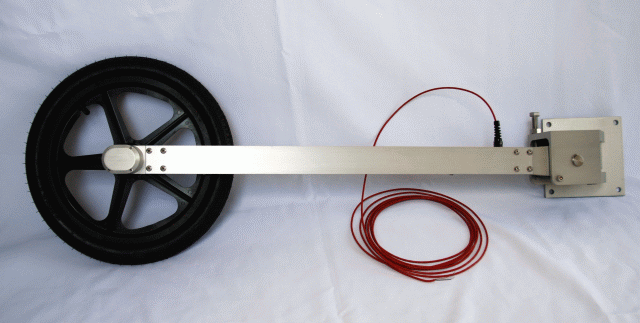........ the digital speedo in my Honda Civic, or my Garmin Sat Nav which also displays m.p.h? Reason I ask, there is a 4-6 m.p.h difference between the two - the sat nav showing slower, BUT the sat nav reading "feels" the more accurate! :shock:
Technically I could set the sat nav to display a maximum speed in a single journey, so if it showed 39.7 m.p.h as max speed and I got done for doing over 40 m.p.h in a 40 zone courtesy of the Boys in Blue, would my recorded data stand up in court? :shock:
Bet somebody knows :wink:
Thanks all
Mark
Technically I could set the sat nav to display a maximum speed in a single journey, so if it showed 39.7 m.p.h as max speed and I got done for doing over 40 m.p.h in a 40 zone courtesy of the Boys in Blue, would my recorded data stand up in court? :shock:
Bet somebody knows :wink:
Thanks all
Mark

































